Working in Visual Studio Mac on a Xamarin.forms project.
So:
- I had a bug with something called DeviceTokens in my "development" branch
- I went back and found a commit that didn't have the bug
- I made a branch from it called "doesNotHaveDeviceTokenBug"
- I fixed the bug & the project runs just fine... from that branch
So now I want to merge the fixes back into my other branch, right?
So I switch back to "development" and I do this:
..and then this:
...and I get a warning about conflicts:
...and I resolve them all using "theirs", because that's what I want, right?
...and then here's the thing...
...now my project won't run.
If I switch back to the "doesNotHaveDeviceTokenBug" branch, the project still works great.
But when I'm in"development", I get a ton of errors.
...I don't get it. I fixed a bug, and now I want to merge that fix back into its original branch--isn't that the whole point of this thing??
What am I doing wrong?



